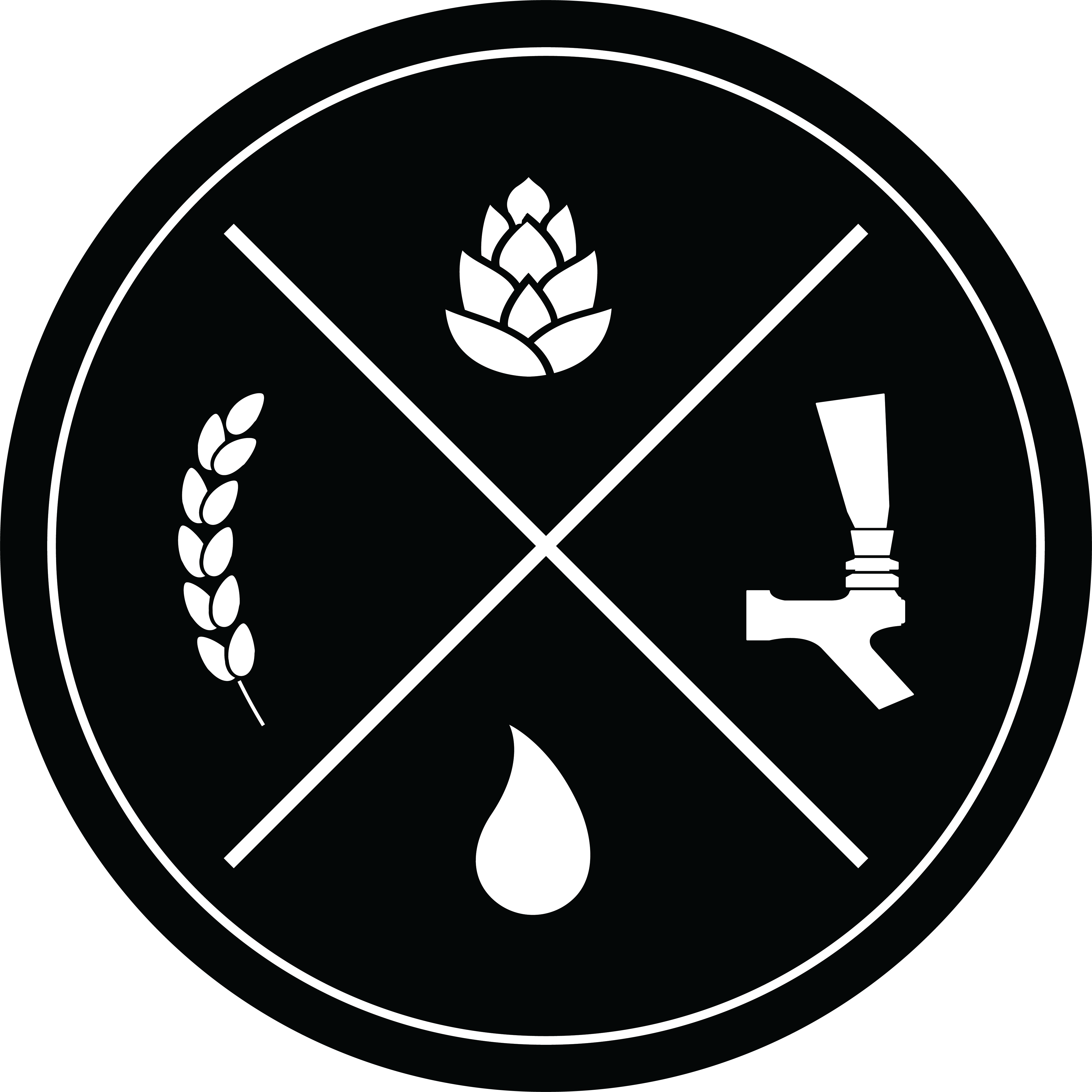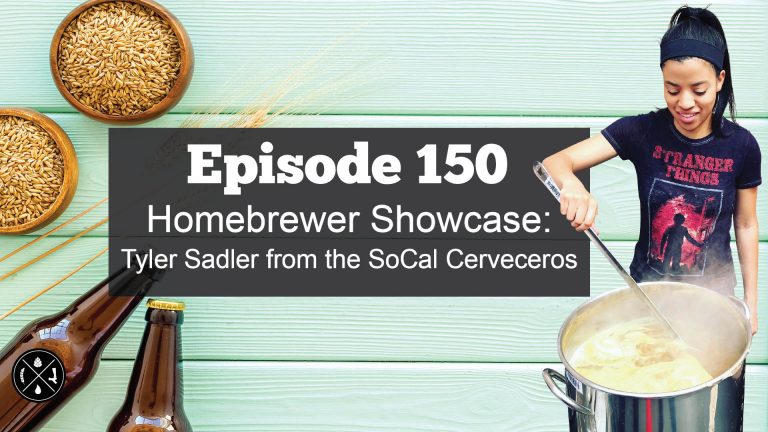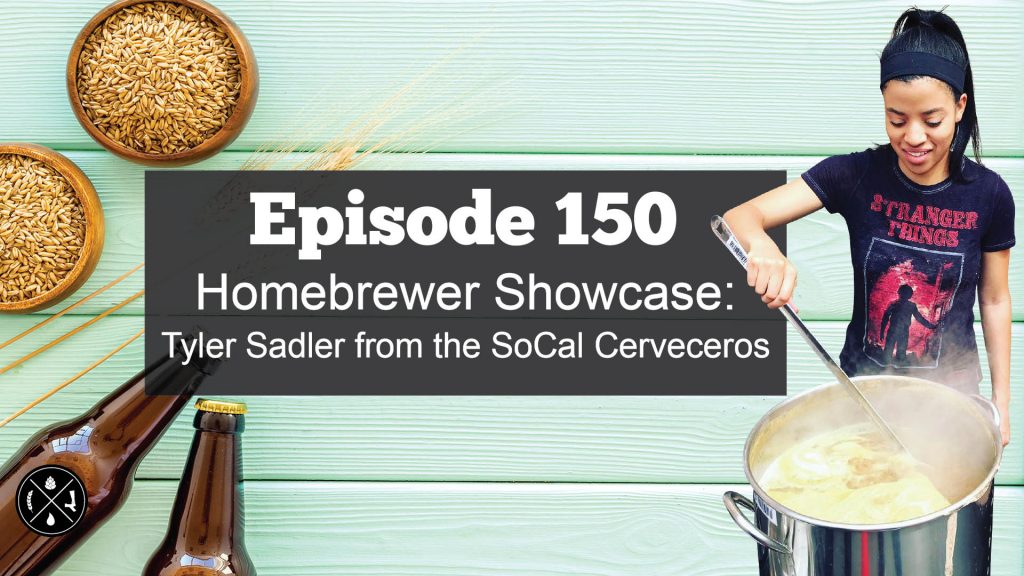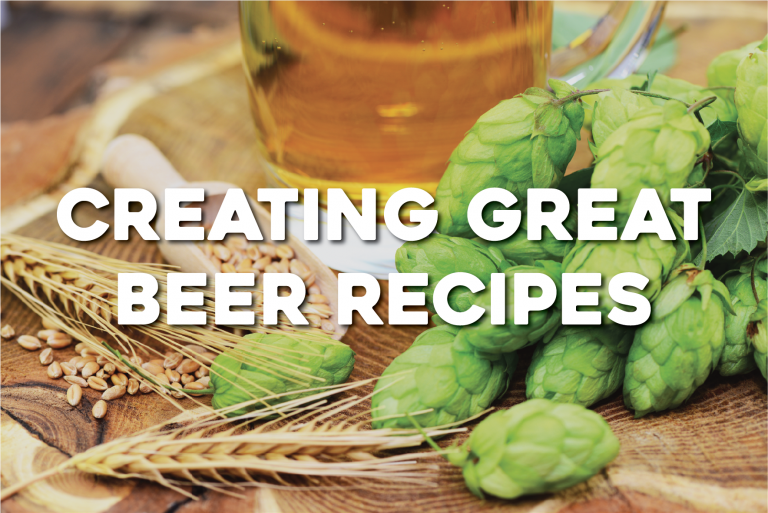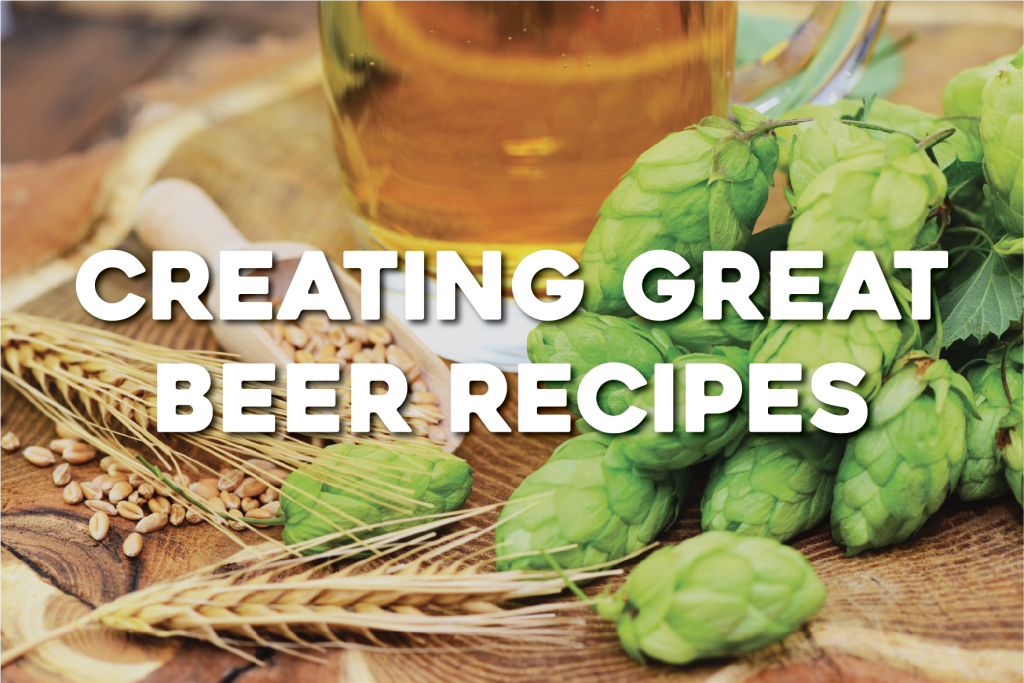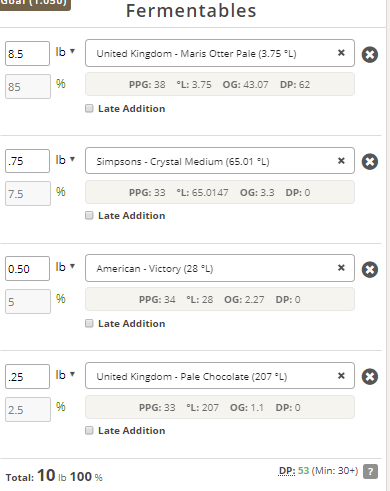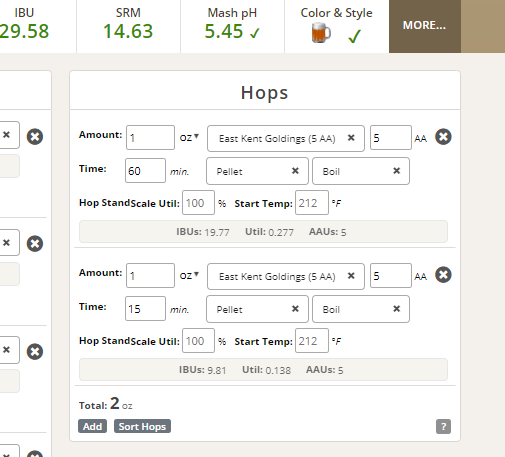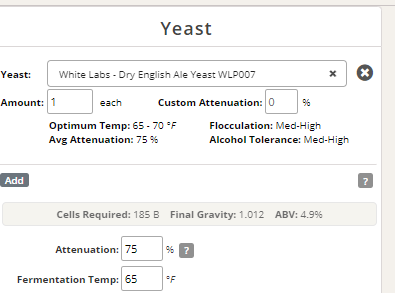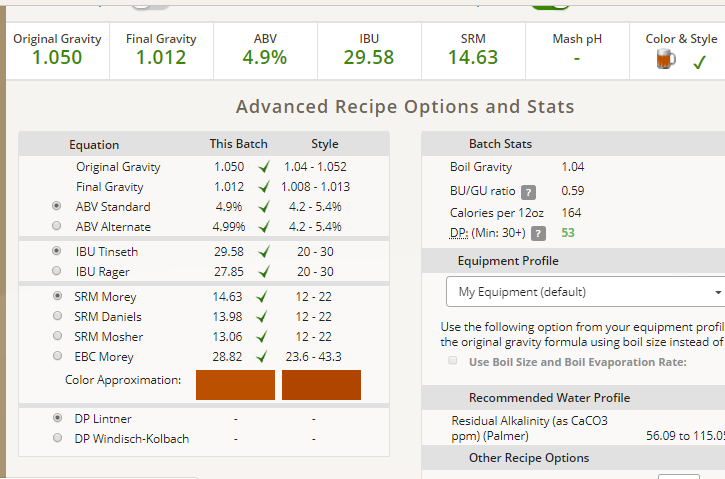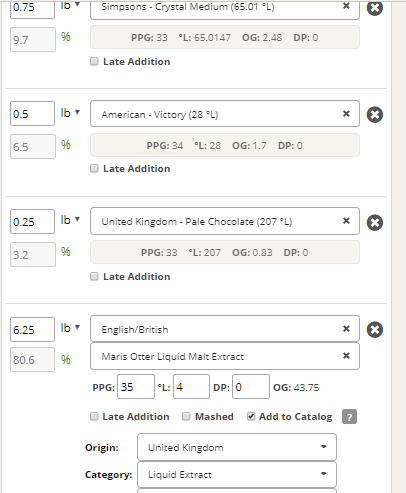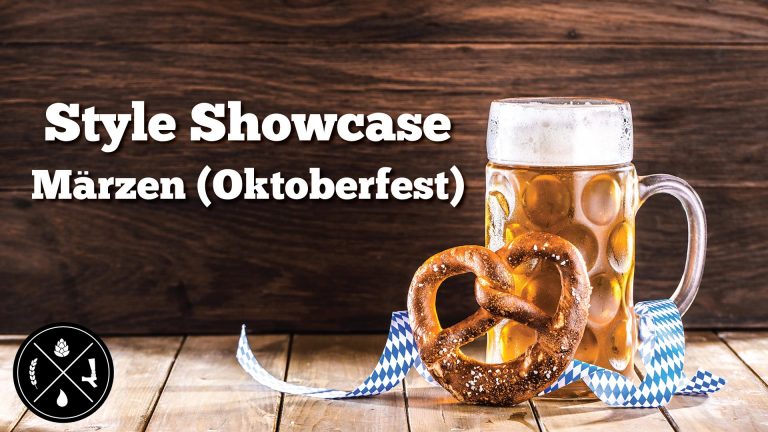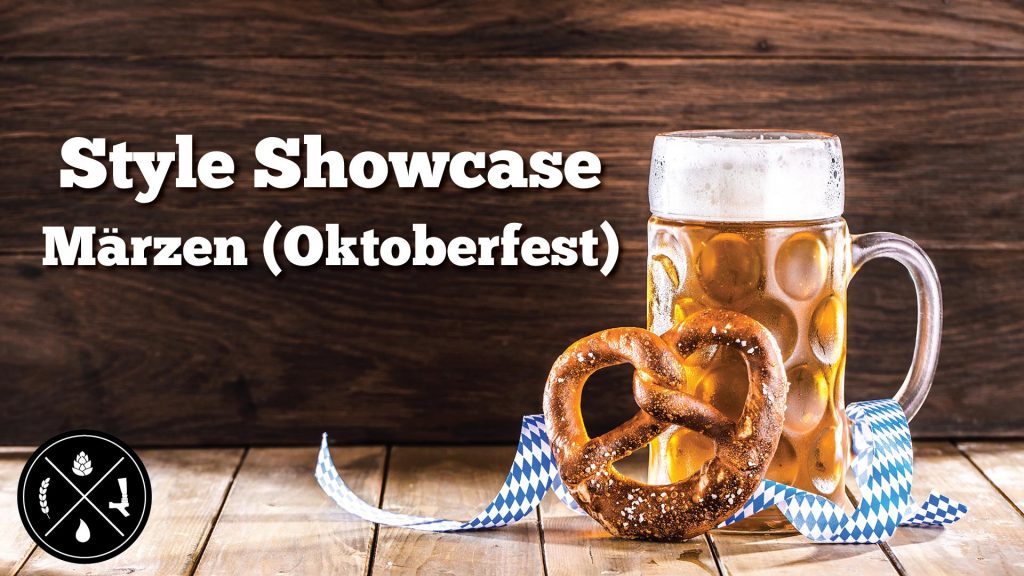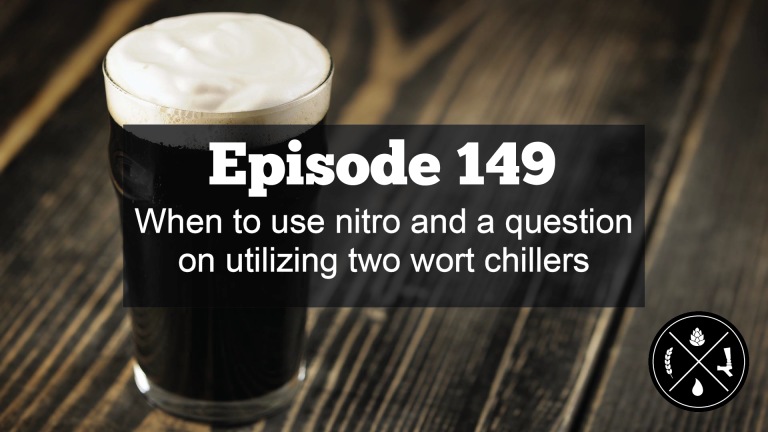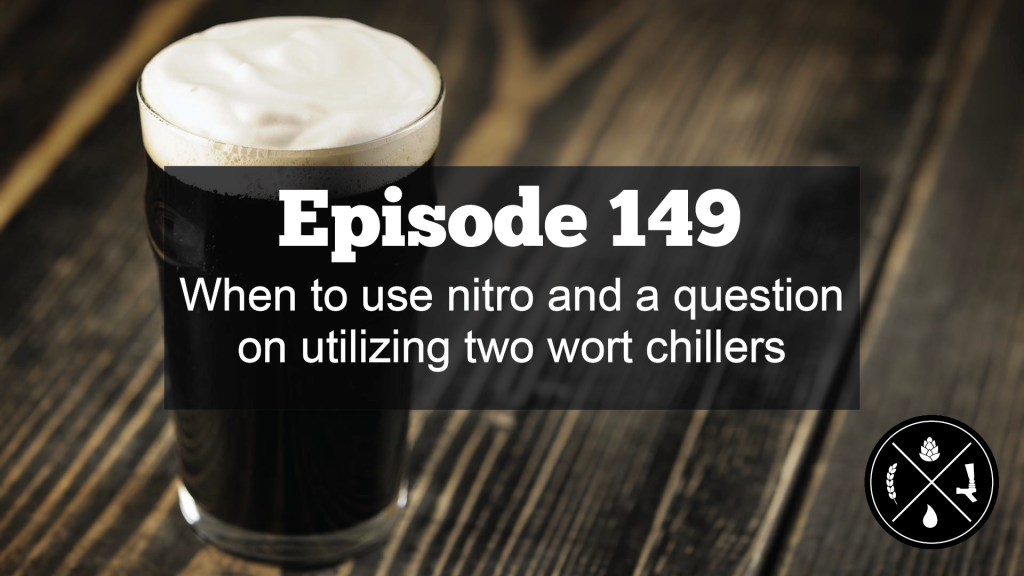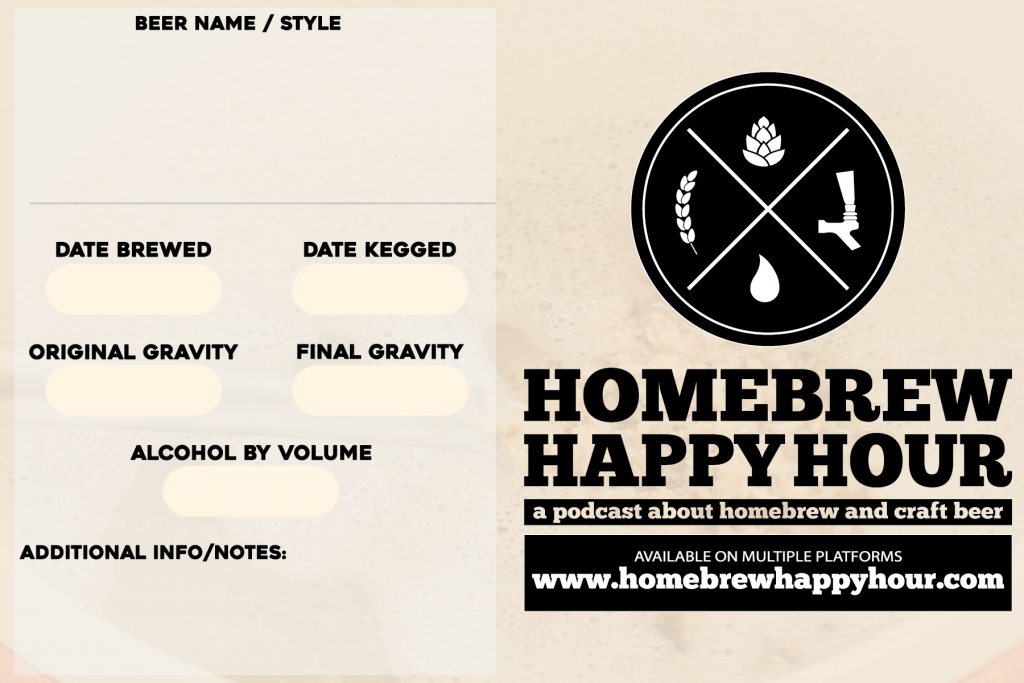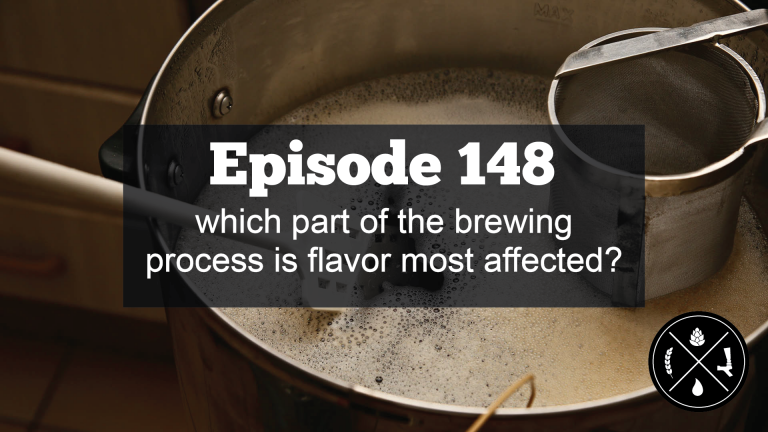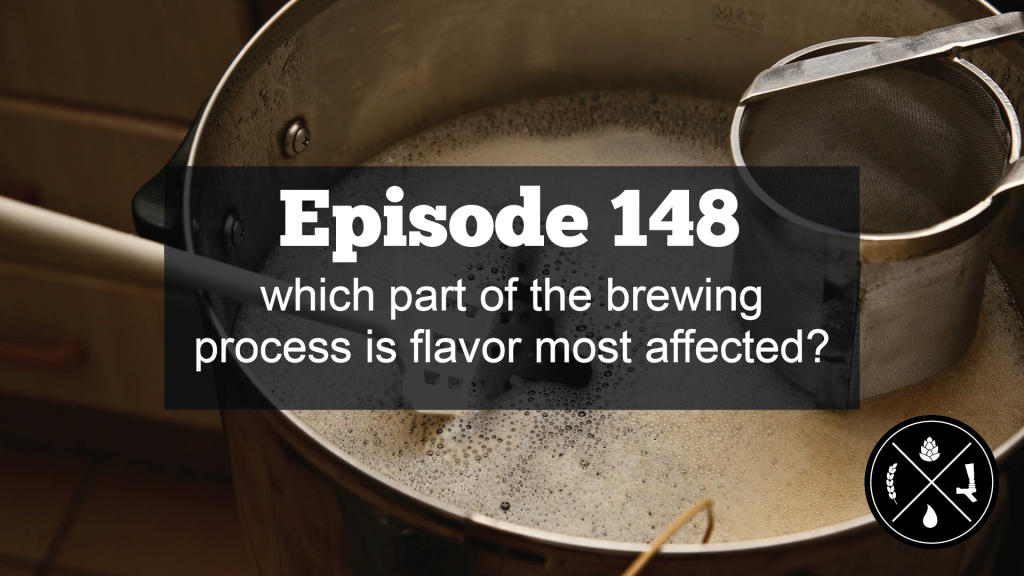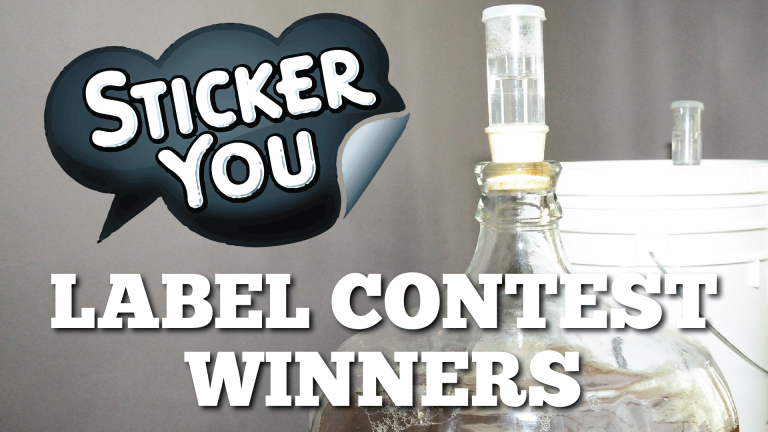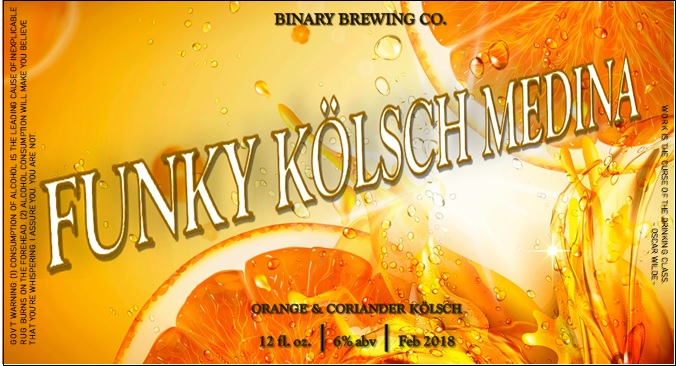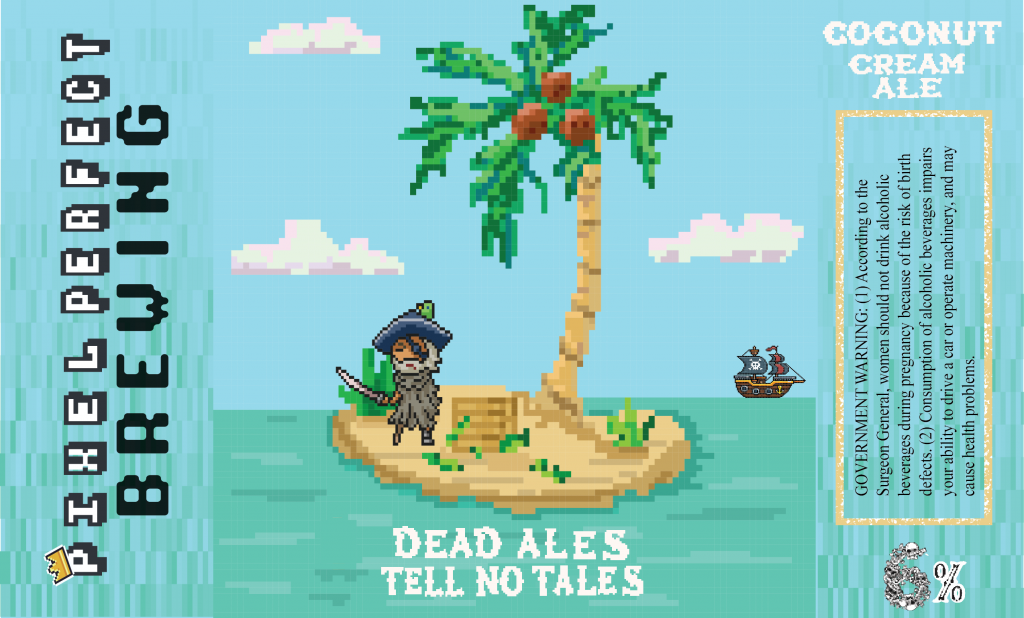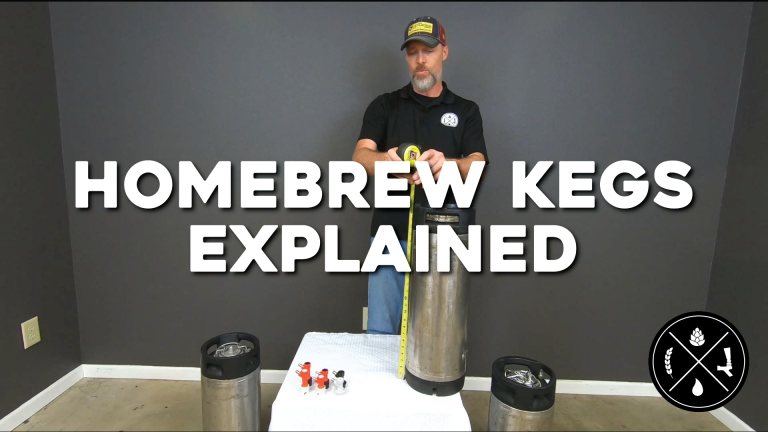
At first glance home brewing appears to be a linear process that follows a basic premise with fundamentally universal procedures. Those new to the brewing game will often hear seasoned vets preach about sanitation, maintaining mash temps, hitting the proper water PH, and most certainly the importance of temperature control during the fermentation process. That is until recently. Over the past several months a type of yeast has made its way to American yeast propagators, and it is not only changing the game in professional breweries, but it’s also whipping the home brewing sector into a frenzy. One of the most difficult things to master with Kveik is the pronunciation of the word. To English speaking people the word sounds like quake, as in earthquake. In Norway the W sound doesn’t exist so when a native of Norway pronounces the word it comes across as Ka-Vake. Regardless of how you say it Kveik has brought a whole new approach to the way we as home brewers ferment our frothy golden creations.
Featured Product
Imperial A44 Kveiking Organic Yeast
A blend of three different traditional Norweigan kveik, Kveiking can produce a ton of tropical fruit aromas! Pineapple and guava dominate the aroma profile, with other tropical and stone fruits mixed in. While a lower pitch rate can be used to really drive these aromas, care should be taken to ensure a continuous high fermentation temperature with a low pitch rate.
$9.95
Order Now
What is Kveik?
Kveik is not a particular strain of yeast in the traditional sense. The term itself is derived from a specific Norwegian dialect meaning “yeast”. Traditionally, yeast used in brewing consists of one specific strain such as California Ale or English Ale. Each of these strains imparts certain characters into the beer that are often quite easy to identify. Kveik on the other hand is formulated from the mixture of multiple strains of yeast that aren’t nearly as simple to identify. Kveik is a blend of yeasts that have been used for hundreds of years in Norway, and it is often passed down from generation to generation. Kveik is a central ingredient used in these Norwegian beers to create a number of unique and quite delicious farmhouse ales.
What makes Kveik different from single strain yeast?
While the modernized brewing processes have found their way in to Norway, Kveik is still used on a regular basis, and for the most part it remains relatively unchanged. There are two major differences that can be identified between Kveik and single strains that are more commonly found in modern brewing yeast. The first difference is the way in which the yeasts are stored. Traditional liquid yeasts come in a liquid format packaged in a plastic container that should be kept in a refrigerator to maintain its viability. While modern Kveik can be stored in packaging much like its single strain counterparts, in the olden times Kveik would be dried out on wooden rings and stored on logs or other materials that the yeast would cling to leaving it unharmed and quite viable until the next brew day. Once it was time for pitching the yeast would be dipped back into the wort which would awaken the yeast and allow it to work its magic once again.
Another major difference with Kveik is its incredibly high heat tolerance. Traditional single strains of yeast have varying fermentation temperatures, ranging from 48F (9C) to 58F (14C) for lagers, and 62F (17C) to 76F (24C) for ales. Kveik on the other hand does its best work when fermented in the range of 65F (18C) all the way up to a balmy 104F (40C). In fact, some of the best results of Kveik fermented beer have come from maintaining a temperature closer to the higher end of the range. Fermenting at these higher temps would of course lead many to believe that the yeast would produce fusel alcohol, off putting fruity esters, or plasticky solvent type flavors that are normally undesirable in the final beer product. However, this is quite the opposite when utilizing Kveik.
How is Kveik beneficial to a home brewer?
Not every homebrewer has the ability to consistently control the temperatures of their fermentation chambers. In fact, homebrewers often find themselves spending a lot of time and money in an attempt to rig a system that allows them to keep their fermenting wort in the desirable temperature range of 60 to 75 degrees Fahrenheit or 16 to 24 Celsius. Kveik yeast allows a much more forgiving range. Maintaining a temperature in a 45-degree span is less stressful than that of 15 degrees. Glycol chilling or other temperature-controlled systems not only costs a lot of money on the front end, but it can also require a lot of time babysitting a fermenting beer. Kveik gives a home brewer the ability to in essence, set it and forget it for the 7 to 14 days often required to produce a delicious quaffable beer.
What styles of beer can be produced from Kveik?
While Kveik can be used with a variety of styles, it really fits nicely into a farmhouse Saison, or the highly popular New England IPA’s. Some home brewers have even gone as far as using Kveik in fruitier stouts, porters, or other English ales. Over the past couple of months, I have brewed a couple of NEIPA’s using Kveik and they have turned out quite nice. In the beers I brewed I used OYL091 Hornindal from Omega, but there are several other cultures from both Omega and Imperial including OYL061 Voss, A44 Kveiking, and A43 Loki.
While Kveik may not be a yeast culture that homebrewers will use on a regular basis, I think its one that should certainly be considered for an occasional recipe. Not only will you produce a quality beer with highly desirable esters, but you will also enjoy the speed in which this yeast ferments. If there is one thing, I have learned over the past few years of brewing it’s that I love producing delicious, highly drinkable beer as fast as possible. So the next time you’re at your local home brew store and you see a pack of Kveik yeast available pick it up and toss it in your brew. Trust me, you’ll be glad you did. Cheers!
